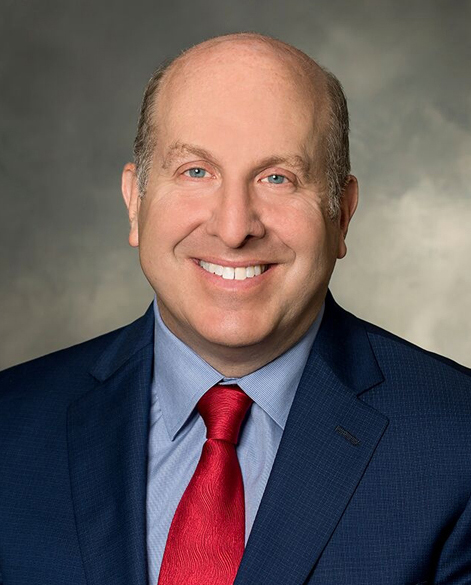Q&A: Former Oberlin president Marvin Krislov takes over at Pace
While he won”™t be officially inaugurated until the end of October, Marvin Krislov is already busy with the new job at Pace University. After serving for 10 years as president of Oberlin College and Conservatory in Ohio, Krislov was appointed president at Pace earlier this year.

He officially took over the role Aug. 1, succeeding Stephen Friedman, who retired this year after 10 years at the helm of the Pleasantville and Manhattan-based private college. In taking over the role, Krislov moves from a liberal arts college of just under 3,000 students in rural Ohio to a university that enrolls close to 13,000 undergraduate and graduate students across campuses in Pleasantville and Manhattan, plus a law school in White Plains.
He spoke with the Business Journal about making the transition to Pace.
What drew you to the job at Pace?
“I really was compelled by the mission and the people that I met during the course of the process. The mission being to provide a wide range of students, including a number from first generation or from more working class backgrounds, and give them an excellent education, and really help them think about careers and opportunities beyond their undergraduate education. And of course there”™s some wonderful master”™s and professional programs, but the combination of a very strong liberal arts education with professional opportunities is really, I think, a very exciting model and it meets a lot of the needs of people today.”
Oberlin and Pace are certainly different universities in a number of ways, particularly in size. What are the similarities between the two schools?
“In both Oberlin and Pace there”™s a strong focus on liberal arts education, exposing people to different perspectives and different disciplines. I also think that one of the things I”™ve seen at both places is a commitment to providing students with entrepreneurial opportunities and experiences in the community. In particular in Pace”™s case, you have the whole New York metropolitan area, which is just so rich in opportunities, though there were activities at Oberlin as well. They are different institutions, but there are similarities as well.”
What will be the biggest adjustment shifting from Oberlin to Pace?
“Just the geography. In Oberlin, it was five minutes from my house to the office. Here, we have multiple campuses and it can be a little more complicated getting from one place to another. Dealing with that and figuring out how to adjust my schedule has been interesting. But I”™m getting there (laughs).”
Pace ranked recently as a top school in the country for upward mobility. What does the university do well in that regard and how can you build on it?
“In fact, we were number two in the study The New York Times did based on data from the Equality of Opportunity project. And I think one of the ways we have done this is the Pace Path, which is a combination of strong academics, mentors and advisers, internships and a four-year plan that tries to really help launch students on a path. The placement and salary rates reflect the success here.”
Gov. Andrew Cuomo’s free in-state tuition program was approved this year. In the process leading up to that, private colleges throughout the state expressed concern that it could draw students away from the state”™s private colleges. Do you share those concerns and what do you think Pace can do in response to the new program?
“I think what”™s really helpful is to demonstrate the contribution of private institutions to the economic growth and development in the state. The state of New York does support private institutions, and I hope that we can have further discussion about ways in which the state can do perhaps even more for institutions like Pace. Because a majority of our students do stay in the state and contribute. For instance, the number of Pace alumni living in Westchester County is 20,000 people. Those are taxpayers and they make a big difference.”
How can you work with the business community in Westchester to help students at Pace?
“I think we do a lot already in working to connect students to employers both in the for-profit and the nonprofit sector. I talk to the career services people and I think there”™s a lot of excitement about that. But one of my goals is to meet people in Westchester and I”™ll be doing that soon to try to find more ways to collaborate.
I think there”™s a real commitment to build even greater bridges to the community, but a lot exists already. I”™m told we have 650 employers in the area that hire Pace students and a lot of students that work in Westchester, whether it is during the school year or afterwards.”
The conversation has been edited and condensed for clarity.